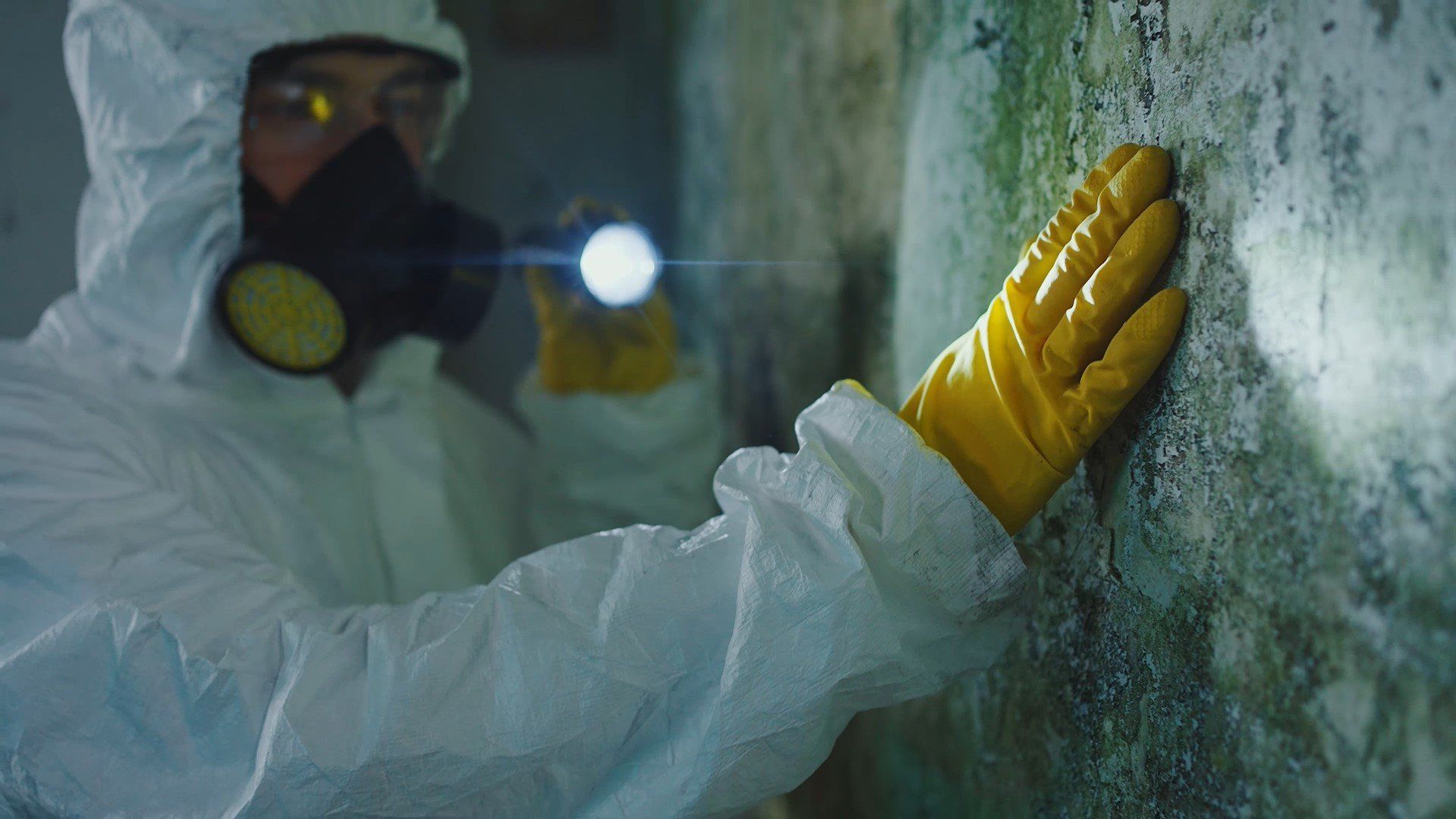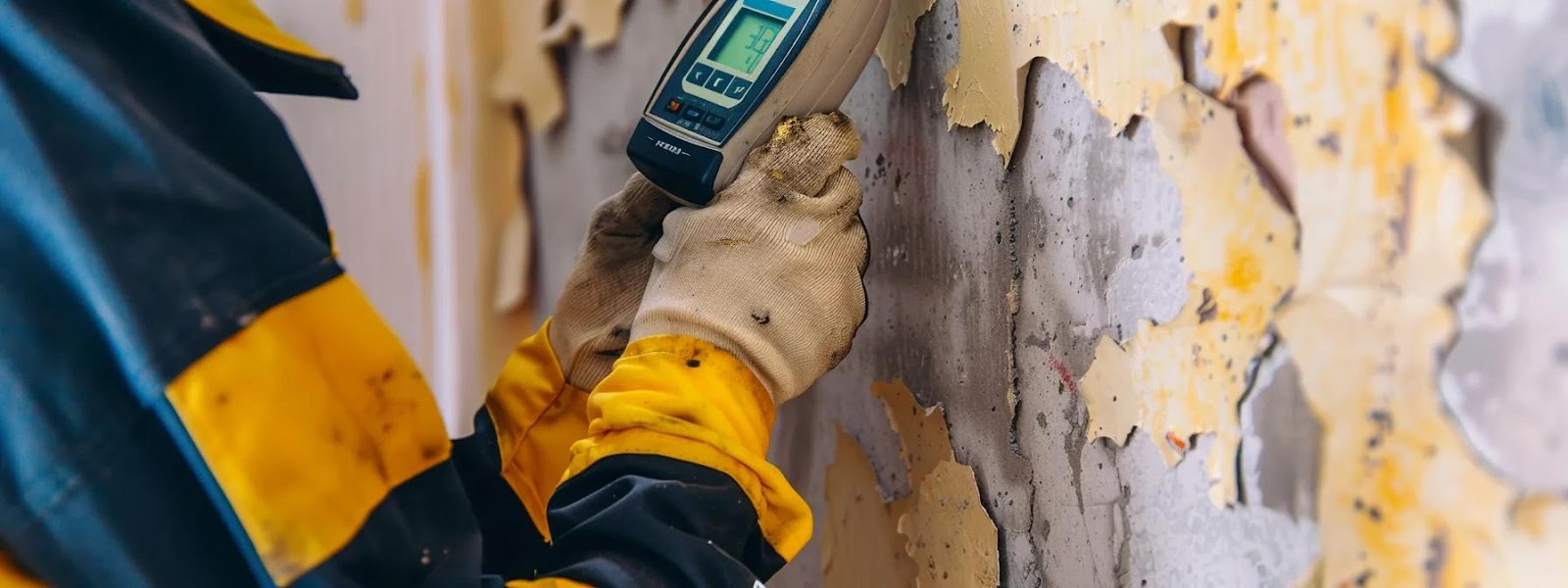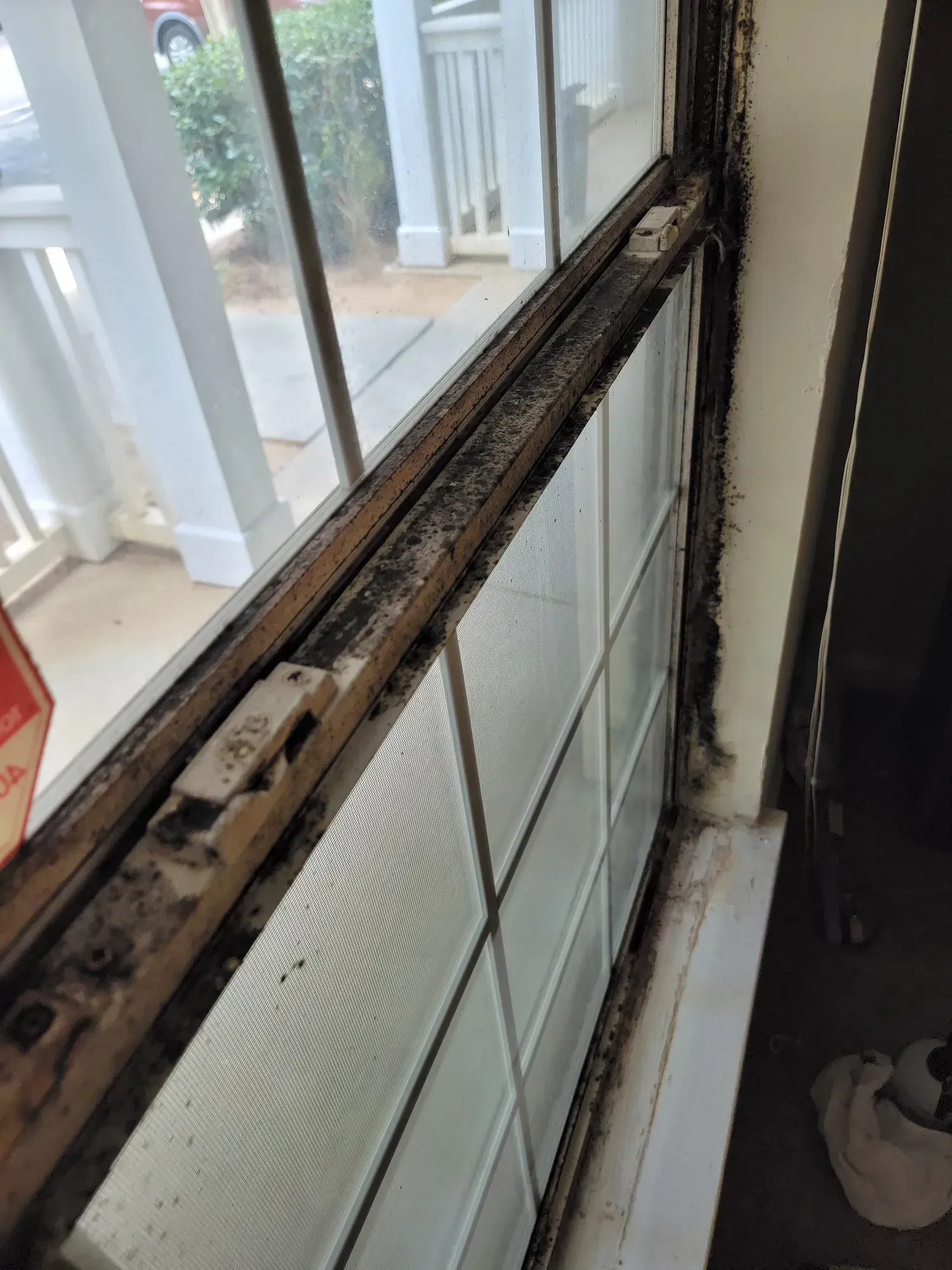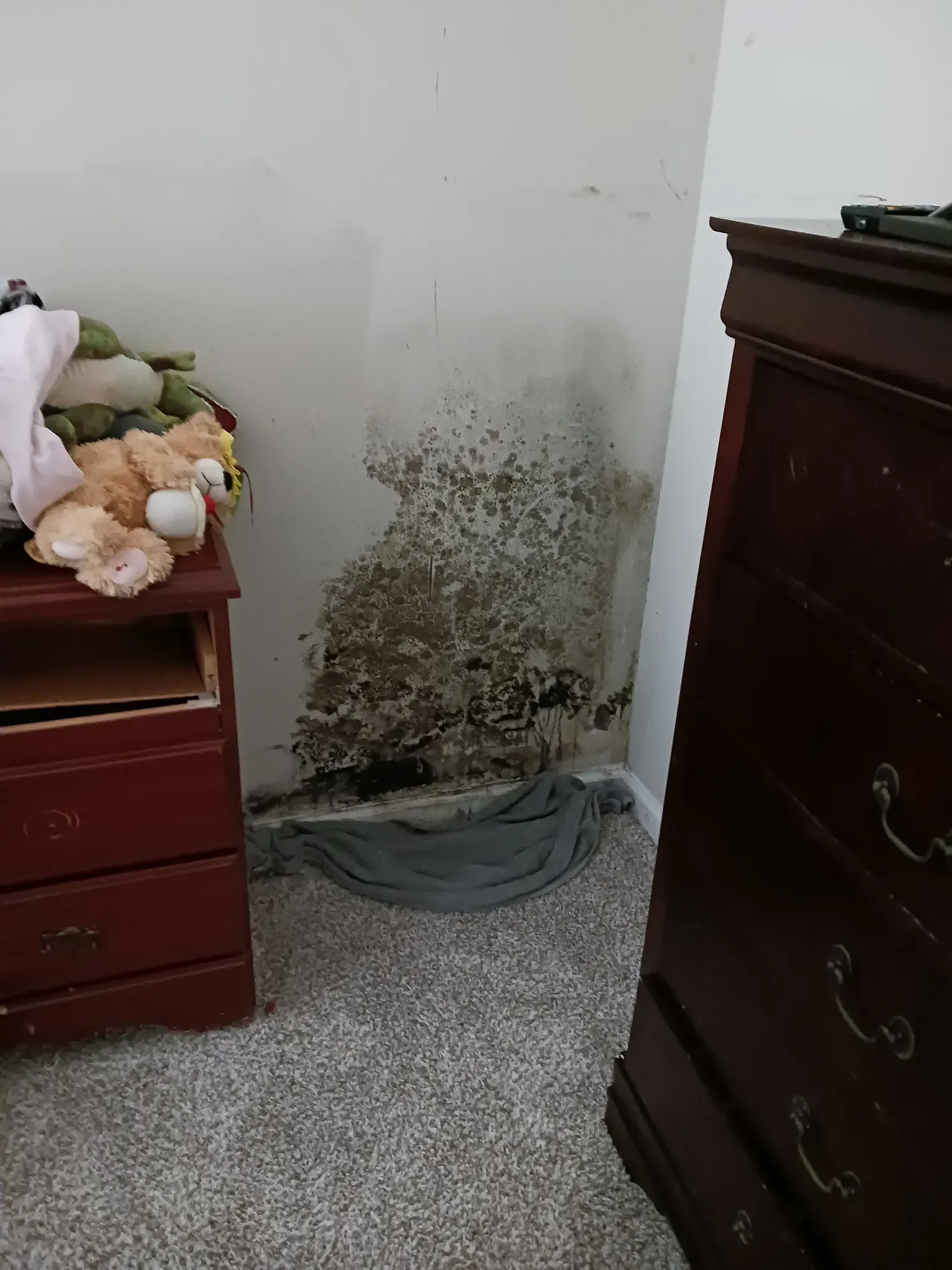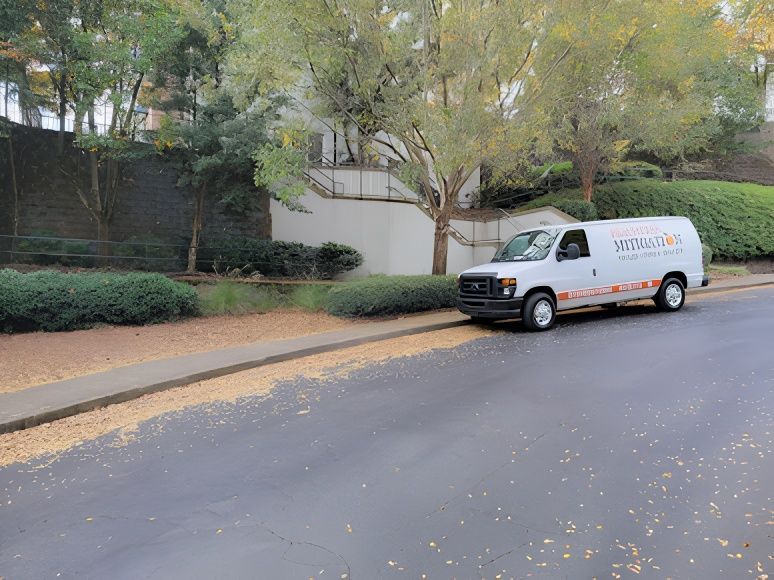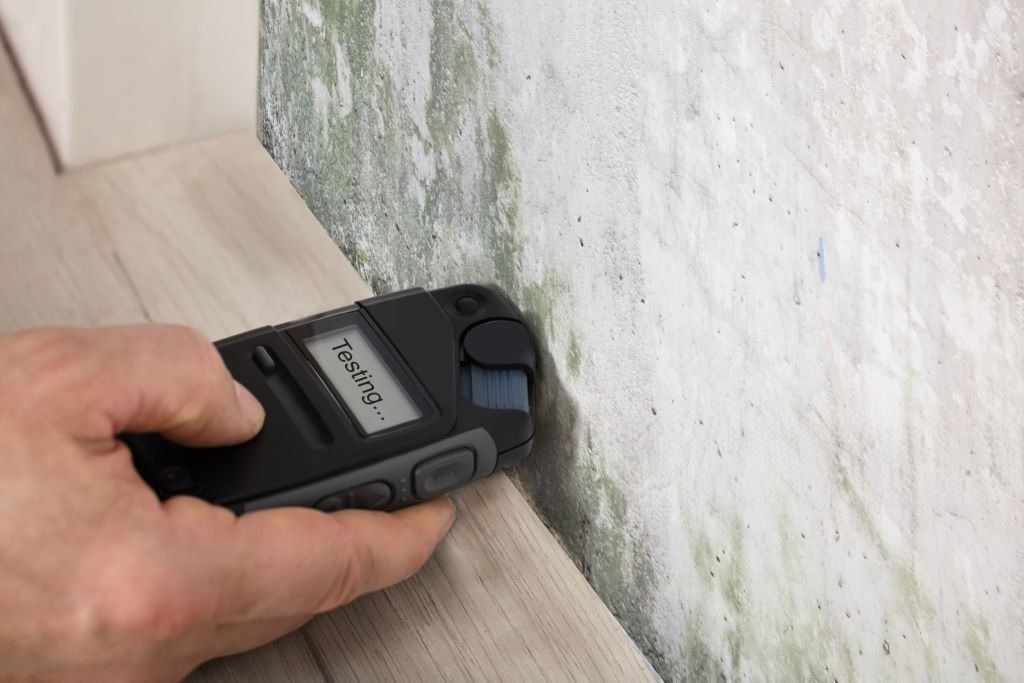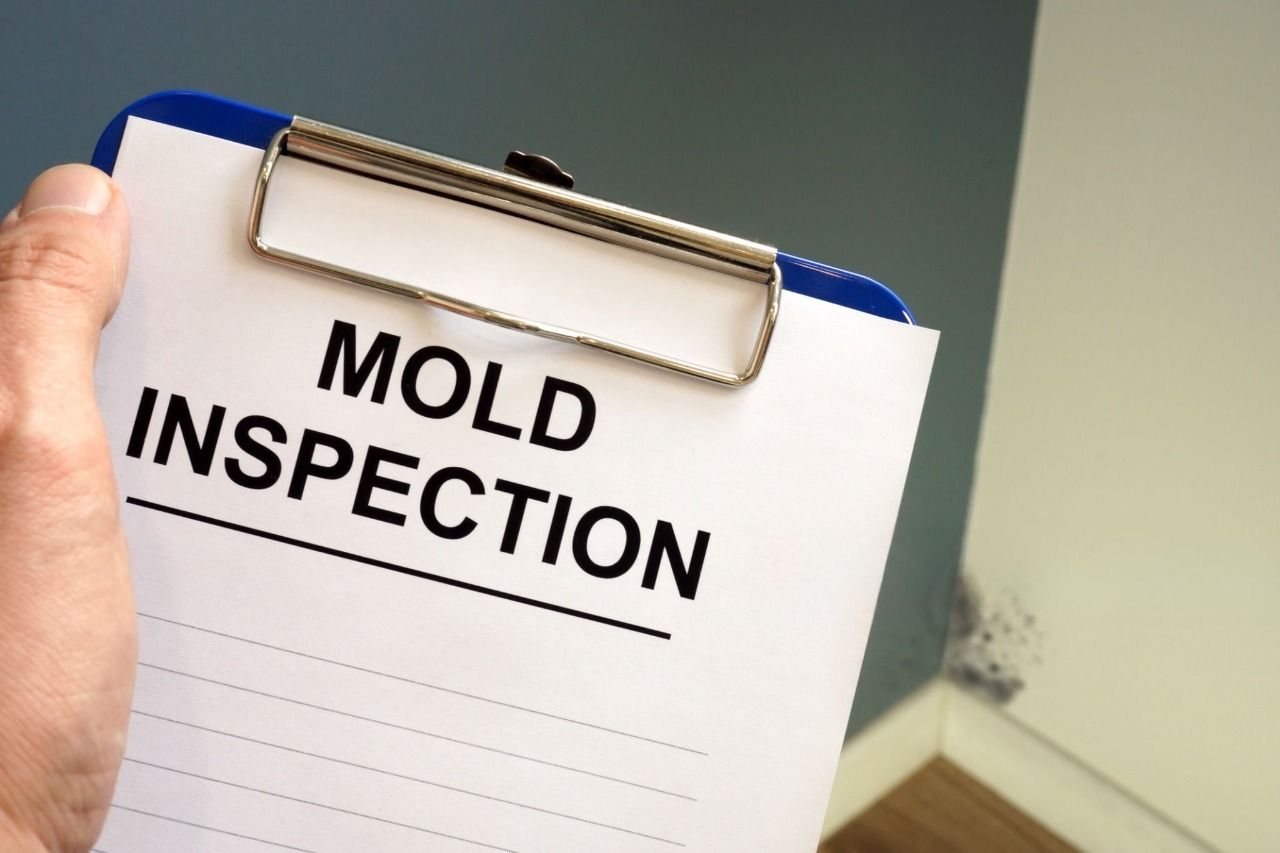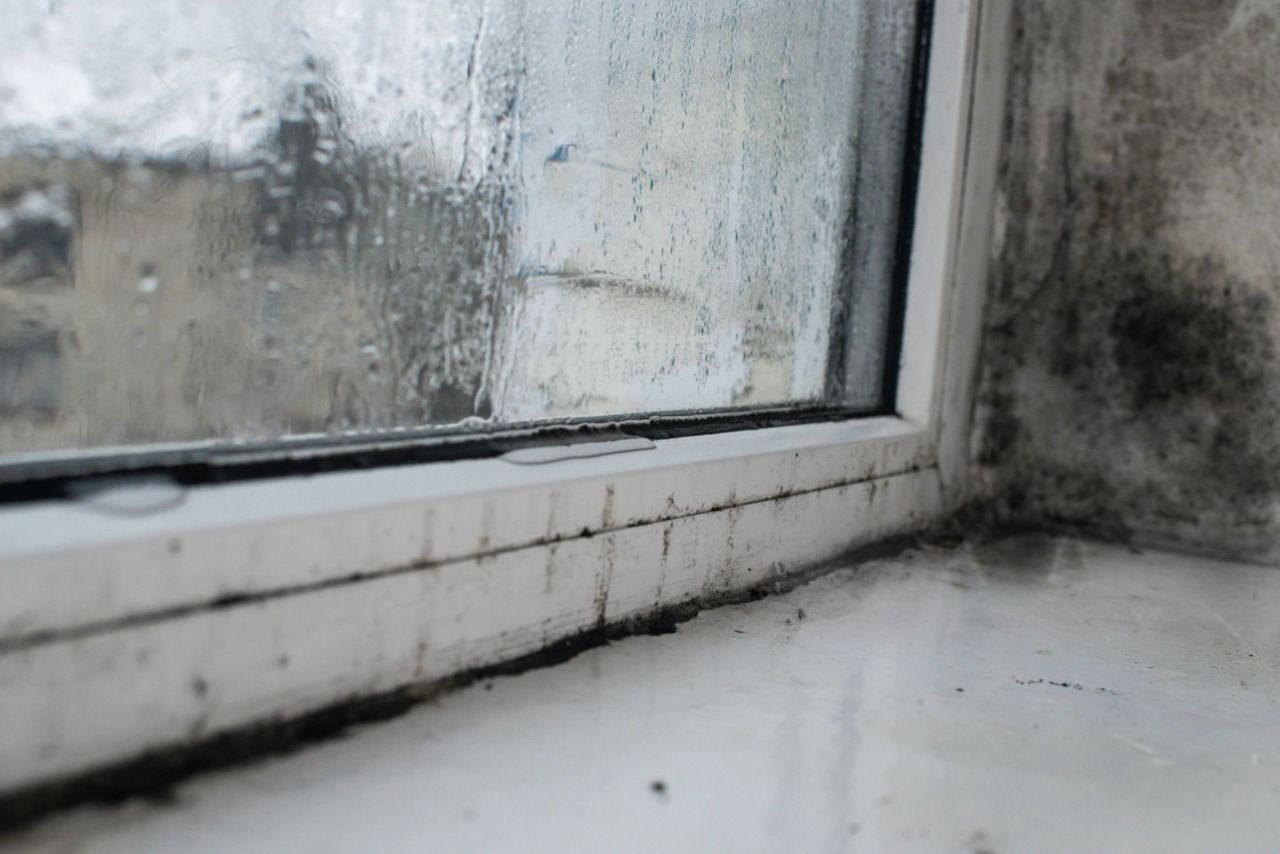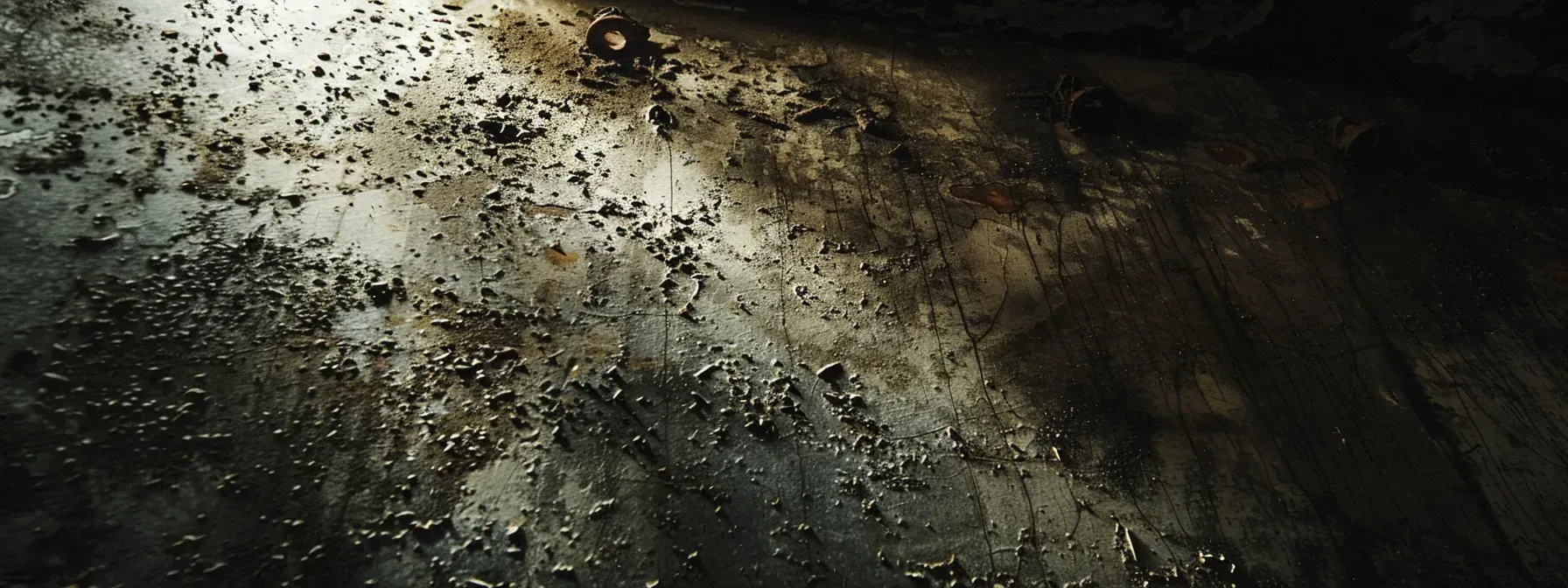What You Need to Know About Professional Mold Inspection and Removal
Mold inspection/mold testing and mold remediation are distinct yet complementary services that safeguard your health, property value, and indoor air quality.
This guide breaks down the mold inspection and remediation process.
Many homeowners face recurring mold after water events because the root cause was missed or the cleanup was incomplete.
Understanding the difference between assessment from a Duluth mold testing expert, and corrective action helps prevent repeat problems and supports your insurance or real estate needs.
TL;DR — Mold Inspection vs. Remediation: What You Should Know
- Inspection diagnoses presence, type, and source; remediation removes mold and fixes the cause
- Get an inspection after leaks, musty odors, symptoms, or visible growth—especially in humid North Georgia
- Pros use moisture mapping, air and surface sampling to scope work and support insurance claims
- Remediation uses containment, HEPA filtration, controlled removal, cleaning, and thorough drying before verification
- Post-remediation verification compares pre/post levels and confirms moisture control to prevent recurrence
What Is Mold Inspection?
Mold inspection or mold testing is a diagnostic service that determines if mold is present, identifies its types, locates contamination, and pinpoints the moisture sources fueling its growth.
Inspectors combine a thorough visual walkthrough with moisture meter mapping and targeted sampling to assess the extent of the problem and inform the scope of remediation. They produce a detailed report that guides corrective work and supports insurance claims.
Inspection is essential after any water intrusion, for unexplained musty odors, or when purchasing a property in a humid region where searches for mold testing are common.
The outcome of an inspection reduces uncertainty, helps prioritize repairs, and can limit unnecessary demolition.
When Is Mold Inspection Needed?
A mold inspection is necessary after any water intrusion event, when occupants report musty odors or experience respiratory symptoms, and when visible mold appears on surfaces or in hidden cavities.
In North Georgia’s humid climate, even small leaks in attics, basements, or behind HVAC systems can accelerate mold growth.
Therefore, an early assessment prevents its spread and potential structural damage.
Inspections also serve as crucial steps for pre-remediation planning and post-remediation verification to confirm clearance.
Scheduling a professional inspection after a defined trigger event ensures targeted remediation rather than guesswork cleaning.
Common Inspection Methods (Air, Surface, Moisture)
Inspectors utilize three core methods: mold remediation and moisture mapping to locate problem areas, air sampling to evaluate airborne spore concentrations, and surface sampling (tape, swab, or bulk) to identify specific mold species and colonized materials.
Moisture meters and infrared imaging reveal hidden dampness that fuels mold growth, while laboratory analysis of samples determines the type and relative abundance of mold present.
The results inform containment and removal decisions and establish baselines for post-remediation verification. Understanding the limitations of each method helps owners interpret the inspection report and decide on any necessary follow-up testing.
Reading and Using a Mold Inspection Report
A mold inspection report typically details findings, includes moisture maps, presents sample results, provides photographic evidence, and outlines recommended next steps that directly translate into the scope and timeline for remediation.
Homeowners should look for clear action items, evidence of source identification, and suggested containment strategies to avoid unnecessary removal. If the recommendations are unclear or seem incomplete, seeking a second opinion or third-party verification may be appropriate to avoid potential conflicts of interest.
Properly utilizing the report ensures that remediation targets the root cause, minimizing the risk of recurrence and unexpected costs.
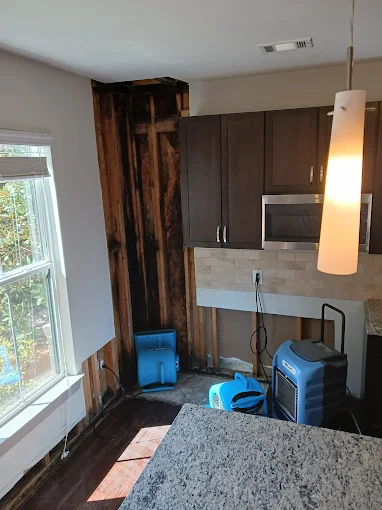
What Is Mold Remediation?
Mold remediation is the corrective process that removes or controls mold contamination, addresses underlying moisture sources, and restores affected areas to a safe condition. This process protects occupants and unaffected spaces.
Remediation relies on containment barriers, HEPA filtration and negative air pressure, controlled removal of contaminated materials, thorough cleaning and disinfection, and comprehensive drying to reduce spore levels and prevent regrowth.
The ultimate goal is a measurable reduction in contamination, combined with repairs or moisture controls that eliminate the conditions favorable for recurrence.
Completed remediation is typically followed by post-remediation verification to confirm clearance and document the successful outcomes.
Typical Remediation Process (Containment to Verification)
Here are the different remediation phases mapped for your quick reference:
| Phase | Objective | Tools / Typical Duration |
|---|---|---|
| Containment | Prevent cross-contamination | Barriers, negative air, PPE / Hours to 1 day |
| Removal | Eliminate heavily contaminated materials | Demo tools, disposal / Hours to days |
| Cleaning | Reduce surface spores and residues | HEPA vacuums, detergents / Hours to days |
| Drying | Remove moisture to prevent regrowth | Dehumidifiers, air movers / 1–7 days |
| Verification | Confirm cleanup success | Air/surface sampling, lab analysis / Days after work |
Post-Remediation Verification
Post-remediation verification involves clearance sampling—air and/or surface tests—alongside a documented visual inspection to confirm that mold levels have been reduced and that appropriate moisture controls are in place.
Verification reports compare pre- and post-remediation baselines and provide the essential documentation that insurers, landlords, or potential buyers may require.
Interpreting clearance results demands context: the percentage of reduction, the relevance of specific mold species, and the overall moisture status are all critical factors.
Maintaining records of verification supports long-term prevention efforts and provides evidence should future issues arise.
What are the Main Differences Between Mold Inspection and Remediation?
Inspection is a diagnostic environmental service that identifies the presence, type, and cause of mold using sampling and moisture mapping. Remediation, on the other hand, is a property restoration operation that removes contamination and corrects the underlying conditions to prevent recurrence.
Inspections deliver reports and recommendations; remediation delivers physical containment, removal, cleaning, and verification.
Costs and timelines also differ: inspections are typically quicker and less disruptive, while remediation involves significant labor, containment measures, and disposal.
Choosing the correct sequence of services avoids unnecessary work and ensures measurable, lasting outcomes.
Example Scenarios — Which Service Do You Need?
Real-world scenarios illustrate the typical next steps: after a basement flood, an inspection or testing is performed to map moisture and fungal growth before planned remediation.
Visible mold on drywall following a leak may require immediate containment and remediation, followed by later verification.
Suspected HVAC contamination often begins with an inspection and targeted HVAC remediation. Each case prioritizes safety, speed, and minimizing property loss.
Always follow the recommended sequencing: inspect to scope unless immediate health hazards demand urgent containment.
Why Do You Need Both Mold Inspection and Remediation for Long-Term Mold Prevention?
You need both services because inspection identifies the extent and cause of the mold problem, while remediation eliminates the contamination and corrects the environment.
Together, they provide durable prevention rather than temporary fixes. Inspection outputs, such as moisture maps, sample results, and source identification, guide a targeted remediation plan that avoids over- or under-treatment, optimizing both cost and time.
Post-remediation verification ensures that the corrective actions were successful and provides essential documentation for insurance or real estate purposes. Regular monitoring and consistent moisture control complete the prevention cycle.
Preventative Steps After Remediation
After remediation is complete, proactive homeowner measures can significantly reduce the risk of recurrence.
These include promptly fixing any leaks, maintaining indoor humidity below recommended levels, improving ventilation in attics and crawlspaces, and monitoring moisture-prone areas with periodic checks.
Implementing these steps within weeks of remediation helps prevent conditions that favor mold regrowth and preserves healthy indoor air quality.
Scheduling follow-up inspections when warranted further completes the prevention plan and protects your investment.
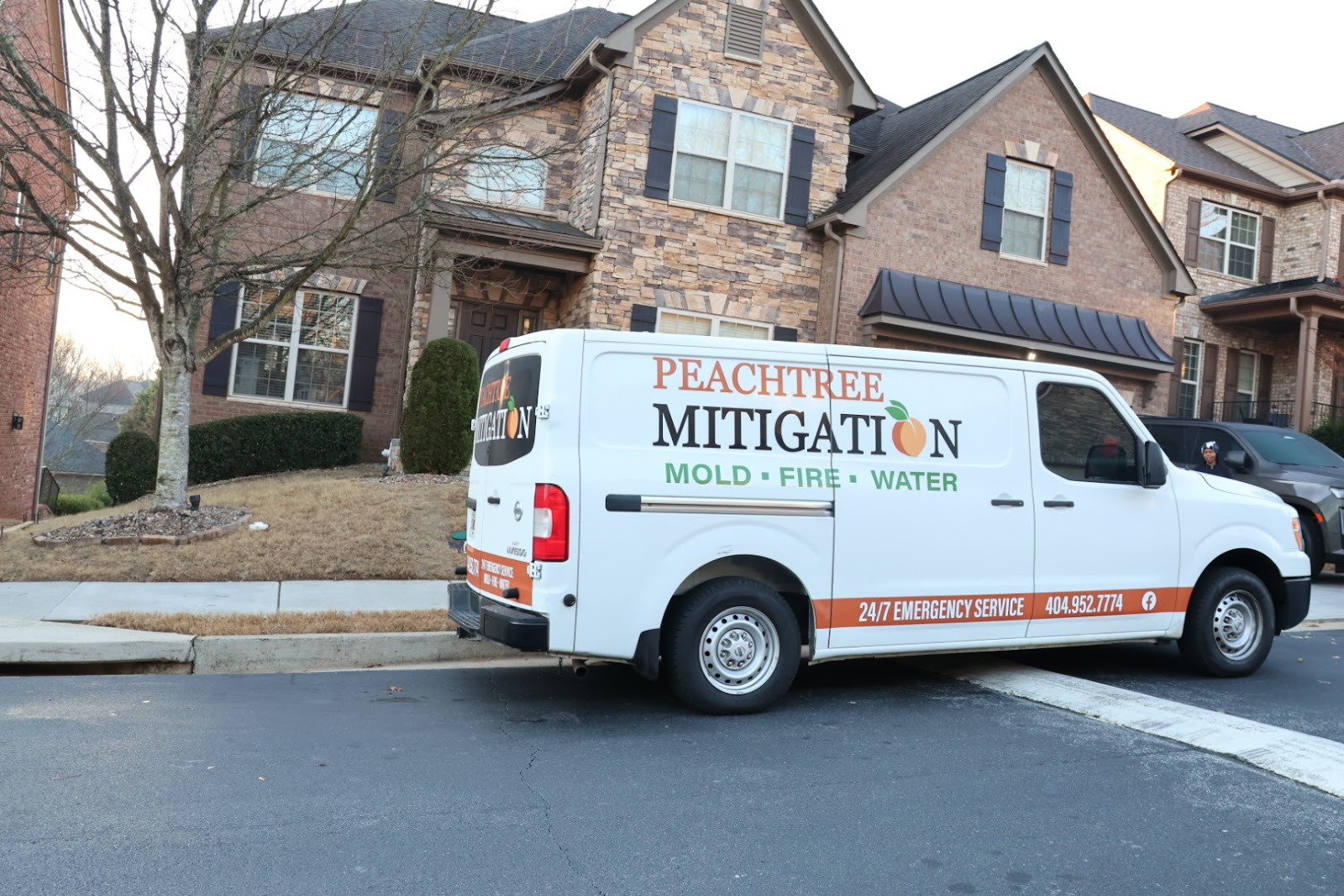
How Can Peachtree Mitigation Help With Mold Testing and Removal in Duluth, GA?
Peachtree Mitigation offers both Mold Testing (Inspection) and Mold Remediation services with rapid local response. We emphasize 24/7 emergency disaster recovery for water, fire, and mold damage.
Our trained technicians provide on-site assessments, detailed inspection reports, and comprehensive remediation work, including containment, HEPA cleaning, drying, and post-remediation verification, all backed by a satisfaction guarantee.
For local homeowners seeking certified remediation and mold testing in Duluth GA, and nearby areas, Peachtree Mitigation provides emergency response and scheduled inspection options available by phone.
Conclusion
Understanding the critical roles of mold inspection and mold remediation empowers homeowners to effectively protect their health and property.
By accurately identifying contamination and addressing the underlying moisture sources, these services work in tandem to ensure a safe indoor environment and prevent future mold issues.
Don't wait for mold to become a significant problem.
Schedule your professional inspection or remediation today.
